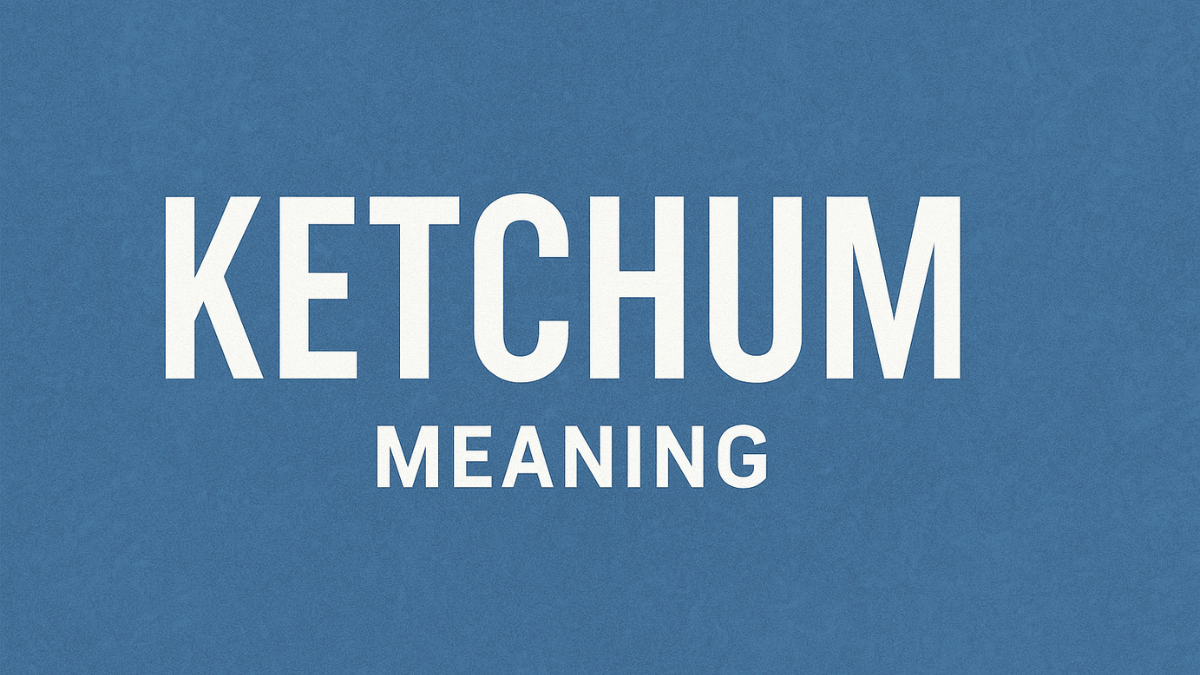Бишкоти ди Пратo is one of Italy’s most celebrated traditional biscuits, originating from the picturesque city of Prato in the Tuscany region. Known for its twice-baked texture, almond-rich flavor, and long shelf life, this dessert has captured the hearts of both locals and international dessert lovers. While it began as a practical snack for travelers centuries ago, today it’s a symbol of Tuscan hospitality and culinary heritage.
also read: https://usaenliinea.com/understanding-assimilasjon-cultural-integration-and-its-impact-on-society/
The Origins of Бишкоти ди Пратo
The city of Prato, situated just outside Florence, is credited with creating this unique biscuit. The term biscotto in Italian means “twice cooked,” which perfectly describes the baking process of Бишкоти ди Пратo.
Historical records trace the biscuit back to the 16th century, when it was valued for its durability and convenience. Sailors, soldiers, and merchants carried it on long journeys because it stayed fresh for weeks without refrigeration. Over the centuries, this humble biscuit evolved into a refined dessert often served with sweet wines like Vin Santo.
What Makes Бишкоти ди Пратo Unique?
While many countries have similar biscuits or cookies, Бишкоти ди Пратo stands out for a few reasons:
- Double Baking Technique – The dough is baked as a loaf, sliced into pieces, and baked again for that signature crunch.
- Whole Almonds – Traditionally, unpeeled whole almonds are used, giving the biscuit a rich, nutty flavor.
- No Butter in the Classic Recipe – Unlike many cookies, the original recipe uses no butter or oil, resulting in a lighter texture that still feels indulgent.
Authentic Recipe for Бишкоти ди Пратo
Ingredients
- 250 g (2 cups) all-purpose flour
- 200 g (1 cup) sugar
- 2 large eggs
- 150 g (1 cup) whole almonds (unpeeled)
- 1 teaspoon baking powder
- Zest of one lemon or orange for aroma
Method
- Prepare the Almonds
Lightly toast the almonds in a dry pan to enhance their flavor. - Make the Dough
Beat the eggs and sugar together until fluffy. Mix in the flour, baking powder, and citrus zest. - Add the Almonds
Stir in the almonds evenly throughout the dough. - First Bake
Shape the dough into a long log, place on a lined baking sheet, and bake at 180°C (350°F) for about 25 minutes until lightly golden. - Slice and Second Bake
Allow the log to cool slightly, slice diagonally into 1 cm thick pieces, and bake again for 10–15 minutes until crisp.
Popular Variations of Бишкоти ди Пратo
Though the classic version is still the favorite in Tuscany, bakers worldwide have experimented with flavors and textures.
| Variation | Unique Ingredient | Taste Profile |
|---|---|---|
| Chocolate Chip | Mini chocolate chunks | Sweet and rich |
| Pistachio | Replaces almonds with pistachios | Nutty with a hint of saltiness |
| Dried Fruit | Dried cherries, cranberries, or orange peel | Fruity and aromatic |
| Gluten-Free | Uses rice or almond flour | Suitable for gluten intolerance |
Traditional Serving Styles
In Tuscany, the most iconic way to enjoy Бишкоти ди Пратo is by dipping it into a small glass of Vin Santo, a sweet dessert wine. The biscuit softens slightly but retains its crunch, creating a perfect balance of textures.
Outside Italy, people often pair it with:
- Espresso or cappuccino
- Black tea or herbal infusions
- Ice cream or gelato as a crunchy garnish
Nutritional Profile
Although it’s a dessert, Бишкоти ди Пратo is relatively lighter than butter-rich cookies due to its simple ingredient list.
Nutritional values per 100 g:
| Component | Amount |
|---|---|
| Calories | ~420 kcal |
| Protein | 10 g |
| Fat | 12 g |
| Carbohydrates | 70 g |
The almonds provide vitamin E, magnesium, and heart-healthy fats, making this biscuit both tasty and nourishing in moderation.
Storage Tips for Long-Lasting Freshness
The double-baking process means Бишкоти ди Пратo stays fresh much longer than most cookies. To keep it at its best:
- Store in an airtight container at room temperature
- Keep away from humidity to prevent softening
- It can last up to two months when stored properly
Fun Facts About Бишкоти ди Пратo
- It was originally considered a “traveler’s food” in the Renaissance.
- The traditional almonds used are often sourced from the Apulia region of Italy.
- Some bakeries in Prato have been making the same recipe for over 150 years.
FAQs About Бишкоти ди Пратo
1. Can I make Бишкоти ди Пратo without almonds?
Yes, you can substitute with hazelnuts, pistachios, or even chocolate chips.
2. Why is it baked twice?
Double baking ensures the signature crunch and longer shelf life.
3. Is Бишкоти ди Пратo sweet or savory?
It is mildly sweet, making it ideal for pairing with wine or coffee.
4. Can I freeze it?
Yes, freeze in an airtight container for up to 3 months.
5. Is it gluten-free?
The traditional recipe is not, but you can use gluten-free flour blends.
6. Can I dip it in milk instead of wine?
Absolutely — it pairs well with many beverages.
7. Does it need eggs?
Yes, eggs are essential for binding and texture in the classic recipe.
8. Can I add spices like cinnamon?
Yes, cinnamon or cardamom can add warmth to the flavor.
9. Is it similar to biscotti?
Yes, biscotti is the general term, and Бишкоти ди Пратo is a specific Tuscan variety.
10. Is it suitable for vegans?
Not in the classic recipe due to eggs, but vegan versions exist with flaxseed or aquafaba.
Conclusion
Бишкоти ди Пратo is more than just a biscuit — it’s a piece of Tuscan history. With its double-baked crunch, rich almond aroma, and versatility in pairing, it has earned a place among the world’s most beloved desserts. Whether enjoyed traditionally with Vin Santo or adapted with modern twists, it remains a delightful treat for all occasions.
also read: https://usaenliinea.com/bencodesesports-com-a-full-guide-to-the-esports-revolution/
also read: https://usaenliinea.com/bollyflix-a-complete-guide-to-the-popular-streaming-and-download-platform/
also read: https://usaenliinea.com/striped-shirt-the-complete-guide-to-timeless-style/
also read: https://usaenliinea.com/set-squares/
also read: https://usaenliinea.com/understanding-contra-entry-in-accounting-meaning-examples-and-importance/







